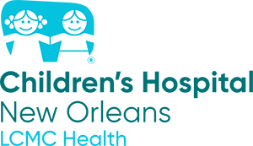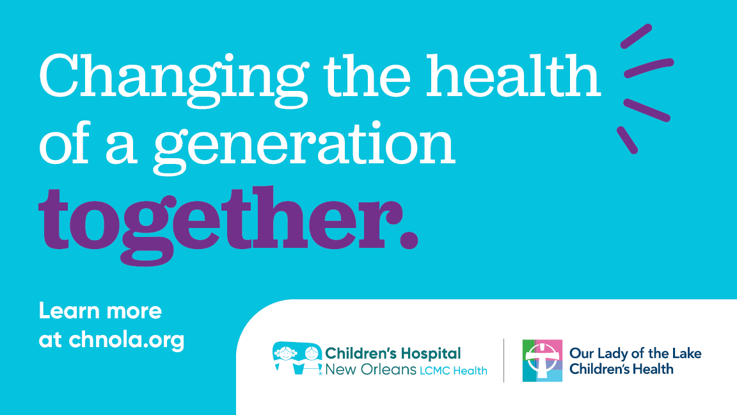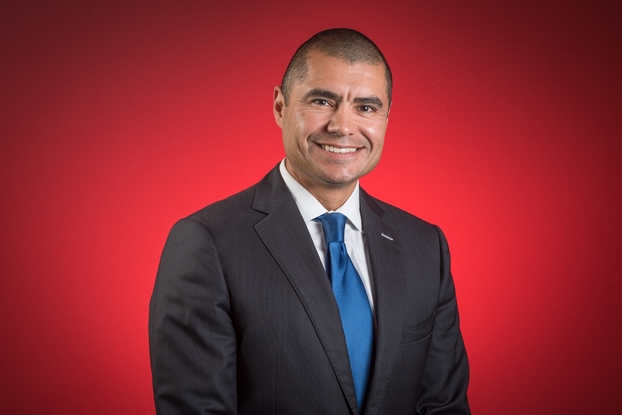Combatting child trafficking starts at home
- Category: Living Well, Mental Health, Parenting
- Posted on:
- Written By: Maria Isabella Pontoriero, MSW, MPH, LMSW
[1].jpg)
In honor of Human Trafficking Prevention Month in January, I thought we could visit the topic of child trafficking today. I have been thinking about the phrase “communication is key” a lot lately. Communication seems like such a simple thing, but then I think about the multitude of ways we can interact with one another these days. My parents always tell me about receiving telegrams as kids from family members and how that was primarily their way of communicating news and updates about one another. I will be honest, I am very thankful that we now have more immediate methods of communicating with the world now!
I looked up the definition of “communication” today in the dictionary and this is what I found: a) a process by which information is exchanged between individuals through a common system of symbols, signs, or behavior; and b) having personal rapport. So, I wanted to translate these to the context of working with youth, both non-trafficked and trafficked youth. I really like the first explanation that came up, because it’s true that communication encompasses verbal, non-verbal, and behavioral cues. It’s not always what we say, but how we say it. From my experience within this work, I have noticed that children who have incidents of physical abuse have a higher likelihood of running away from home. This being said – not all children who experience physical discipline run away from home, and not all children who have run away from home have experienced physical discipline, but this is a trend I have noticed over several years of working in this field. Knowing what we know about kids' brain development, can help us understand how kids perceive the things that are communicated to them. As I mentioned in a previous blog post, children’s brains don’t fully develop until they are in their mid to late 20s, which means that they are less likely to process danger cues and make healthy decisions for themselves. Teaching the skill of decision-making from a young age and allowing children to practice this over time, will allow them to tap into that refined skill if the time ever comes for them to evaluate a situation in front of them. This is a process that requires thoughtfulness, practice, patience, and constant guidance, with the understanding that hiccups may happen along the way because children’s brains aren’t developed enough to tell right from wrong!
I believe it’s fair to say that both children and adults may “mess up” or do things that upset us. There is research that shows that using physical discipline as consequence for children is not as effective as we may think and has long-term impacts on children’s abilities to thrive and be successful in all of their environments. Not only can a simple “whooping” seriously injure a child, even if that is not the intention, but it can also put children in a state of fight or flight, and they can enter into survival mode. Let’s be honest, none of us probably like to get hit, and the same goes for children! If a child is in constant fear of being spanked, they can develop toxic stress, which is a buildup of a stress response in their body that can impact the way that they physically function as well as impact their brains. This can lead to lasting and serious stress that the child may develop, and you can imagine that being in a constant state of stress can lead to lifelong impacts, such as not being able to concentrate or do well in school, becoming physically sick, and also perceiving a lack of trust with a caregiver. If a child gets hit when something doesn’t go right, they may not be as willing to come to you when they need help, which can perpetuate the toxic stress response. Hitting and whooping also doesn’t correct the behavior, necessarily. Often, a simple conversation can be productive in explaining to a child why a certain behavior may not be acceptable, and how they can correct said behavior give kids something they can tangibly make sense of versus a physical punishment. And the benefit is that you are guiding them through their skill-building process of healthy decision-making!
On the Children’s Hospital campus, we are a "No Hit Zone," which means the following: a) adults don’t hit adults; b) adults don’t hit kids; c) kids don’t hit adults; and d) kids don’t hit kids. We recommend alternatives to spanking as well as having open communication and dialogue with children throughout their childhoods for the reasons mentioned above. When spanking is an action that is modeled for a child, they also may display similar behaviors on to someone else and can get in trouble for it. It’s important that we protect our kids, give them consequences that “fit the crime,” and allow for moments of discipline to be learning opportunities as investments into their futures! This is just one of the many ways that we can make sure our kids are safe, and to prevent them from falling victim to dangerous situations.
For more information on human trafficking prevention and to request trainings, please the New Orleans Children's Advocacy Center.



